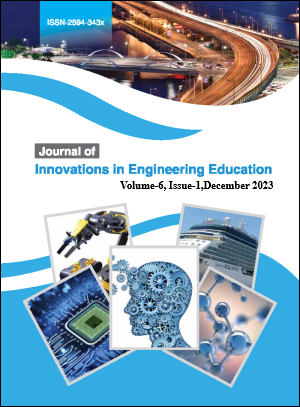Analysis of solar power Return-on-Investment for hospitals in Nepal with Pressure Swing Adsorption (PSA) Oxygen plants - A case study of provincial hospital, Surkhet, Nepal
DOI:
https://doi.org/10.3126/jiee.v6i1.61566Keywords:
Solar grid connection, Pressure Swing Adsorption, Levelized Cost of Electricity, Return-on-Investment, Oxygen flow rate , Provincial hospitalAbstract
This paper assesses the effects of implementing a 150 kWp solar power system with Pressure Swing Adsorption (PSA) oxygen production system at Surkhet Hospital in Nepal. In order to address the crucial need for medical oxygen at Provincial Hospital, Surkhet in Karnali province, a PSA oxygen production plant has been installed. However, these plants consume a significant amount of power. Due to the unreliable grid electricity supply, hospitals were compelled to rely on costly diesel fuel for energy. In an effort to alleviate this issue, the World Health Organization (WHO) implemented a 150 kWp solar power plant at Surkhet Provincial Hospital. In this context, this study aims to assess the impact of solar power and determine the return-on-investment (ROI) for hospitals in Nepal equipped with PSA oxygen plants.Analyzing hospital data, it was found that over a three-year period (2018–2021) , the average grid electricity consumption stood at 238,048 kWh. More than half of this energy usage occurred during daylight hours, indicating potential for substituting grid energy with solar power. The introduction of solar panels led to a decrease in diesel generator consumption, from 5,864.83 liters per month to 652.72 liters per month, resulting in monthly savings of 712,216.55 Nepalese Rupees. Furthermore, this results in an annual reduction of approximately 121 tons of CO2 emissions that would otherwise be released into the environment.The study examined a range of PSA plants (1 to 200 Nm3/hour) to determine power requirements and evaluated solar energy savings under three Global Horizontal Solar Insolation (GHI) scenarios: low (4 kWh/m2/day), medium (4.5 kWh/m2/day), and high (5.0kWh/m2/day). The findings highlighted substantial financial benefits. This analysis provided insights into the solar capacity needed for PSA plants throughout Nepal.The financial analysis demonstrated promising returns, with an Internal Rate of Return (IRR) approaching 40% and a discounted payback period of less than three years. The Levelized Cost of Electricity(LCoE) from solar plant is ranging from 8.22 to 6.57 Nepalese Rupees per kWh across varying GHI scenarios. Notably, the solar plant contributed to a noteworthy 38% reduction inoverall unit energy costs.
Downloads
101
82
Downloads
Published
How to Cite
Issue
Section
License
Copyright (c) 2023 JIEE and the authors

This work is licensed under a Creative Commons Attribution-NonCommercial-NoDerivatives 4.0 International License.
Upon acceptance of an article, the copyright for the published works remains in the JIEE, Thapathali Campus and the authors.

